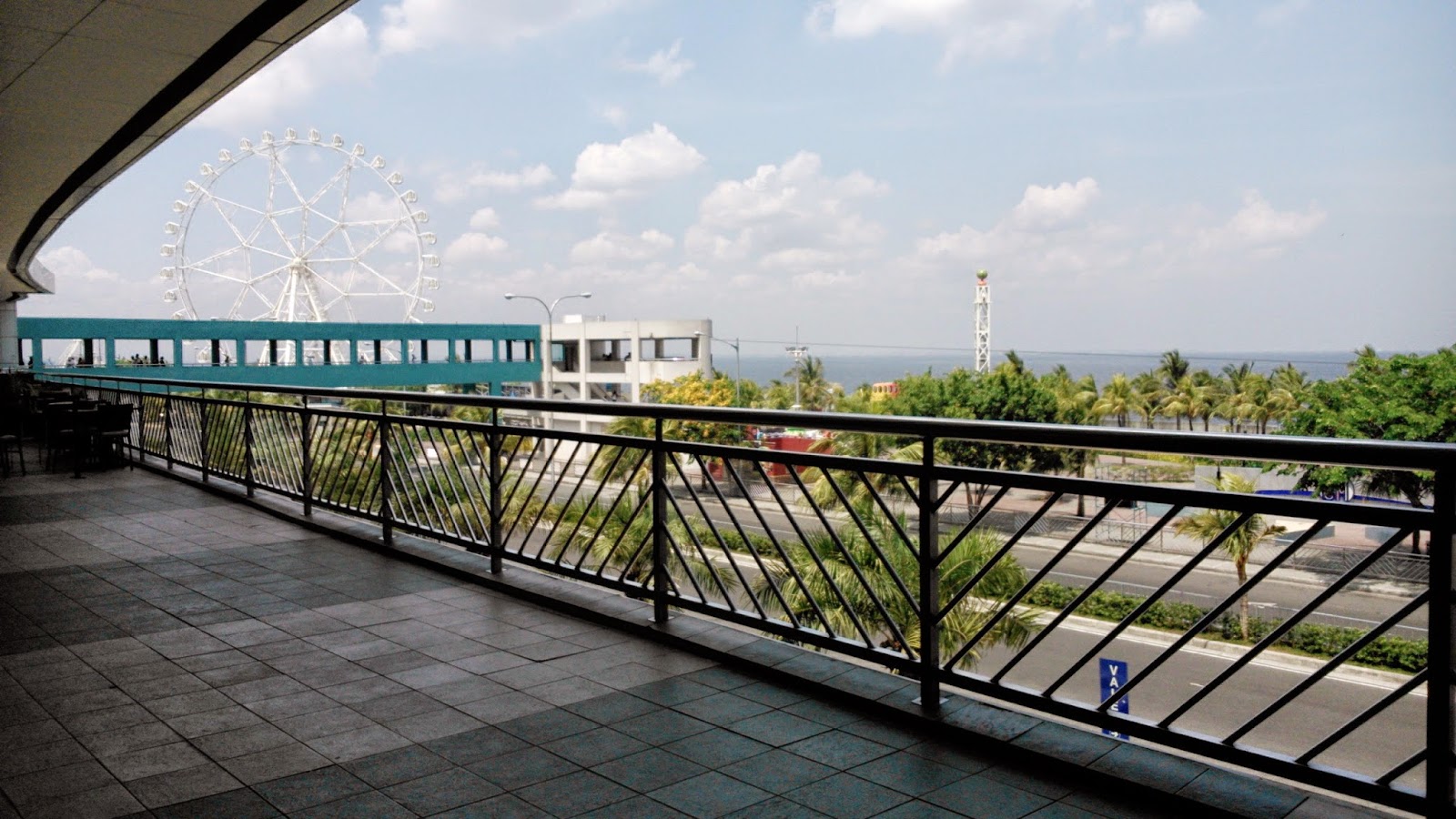How to setup a home network:
1. Setup the modem
-Most of the time, your ISP will send a technician out to setup a modem up for you when you start a new contract with them. The process is very simple. So you should be able to accomplish this if they don’t do this for you, by following these steps:
- Don’t plug in the power, this will be the last step
- Simply plug in the designated cable (it’s different for cable and DSL) into the modem. It will only fit in one place.
- Now plug in the power
- Assess the light activity
Assessing Light Activity
There will be several lights on the front. Usually labelled Power, Send, Receive, Online, and PC/Activity on a typical modem by Motorola. The Power should light up solid. The Send and Receive lights will blink, which means the modem is trying to communicate with your ISP. After some constant back and forth communication between your modem and your ISP, the Online light should come on. This means the modem has successfully connected with your ISP.
Note that this is a very general description of what the lights mean. You should read your modem’s documentation to get an understanding of what each light means on your particular modem.
Troubleshooting the Modem
If the Receive light never blinks, or if the Online light never turns on, ensure you are plugged into the correct cable that your ISP technician setup for you. If you are plugged in correctly and the correct lights are still not lit up, let it sit for a few minutes (around 5 minutes) and then unplug the power from the modem and plug it back in to start the process over. If it is still not connecting then your best bet is to contact your ISP.
If none of the lights come on, try plugging it into a different outlet. Unplug a lamp or something you know is working and try plugging your modem into that outlet. If none of the lights come on still, your ISP should be able to replace it, if they provided you a faulty modem. If you bought your own modem from somewhere else then you may want to return and exchange it for another one.
2. Setup the Router
Once you know your modem is working properly, unplug the power from the modem. This is an important step before setting up the router. If the router you have is used (anything but brand new) you may want to reset it to factory settings first, by using a pen or pin to press in the reset button. That way you know there won’t be any settings in there that will hinder the setup process.
- Connect your router to your modem with an Ethernet cable. Usually your modem comes with one that is a few feet long. If you don’t have one, you can either purchase one pre-made at your local department store or make your own. There should only be one port on the modem where your Ethernet cable will fit. Look for a port labelled something like “WAN” or “Internet” on the router and plug the other end in there.
- Connect a computer to one of the LAN ports on your router. This will be a port that is usually labelled with a number or it may simply be labeled “LAN”. Typically, you will find more than one of these ports grouped together. You don’t want to plug your computer directly into a port labeled something like “WAN” or “Internet”.
- Plug in the power
Logging Into Your Router
Once your router is powered on and connected to the modem, your computer that is wired to the router’s LAN port should have internet access. You can setup your router how you’d like from this computer initially. The settings you may want to change will be covered here.
To login to your router’s administrative interface, open your favorite browser on your computer. Everything will be modified within the browser. For the URL, you will enter a specific IP address. This IP address is different across many manufacturers. You may need to check the router’s documentation to find out what the default network is for your router. For your convenience, here is a list of common settings for routers based on manufacturer:
Another way to find out your router’s IP address is to check your computer’s network configuration. The default gateway will be your router’s IP address. Once you enter this address into your browser’s address bar, you will be prompted to enter a username and password, which you can find in your router’s documentation.
Setting Up Wifi
If you want to know how to setup a home network for WiFi access, consider these settings:
- Network Name (SSID) – This is the name of your wireless network. This is what will show up in the list of networks when you connect to wifi. You can name it whatever you would like. Just keep in mind that your neighbors may be able to see your network name, if they are close enough. Don’t use any personal information in your network name.
- Network Mode – This typically allows you to choose between Wireless-B, Wireless-G, Wireless-N, and so on. You may even have other options including mixed. For typical use, it’s safe to leave it at the default setting (usually mixed). However, if you know for a fact that all the devices you will be adding to your wireless network support a certain technology (for example, Wireless-N) then it may be beneficial to select that specific mode. Again, if you are unsure then just leave it at the default setting.
- SSID Broadcast – This determines whether or not your network will show up in the list of networks when someone scans for wifi (including when YOU scan for wifi networks). If you turn this off, then instead of simply selecting your network from the list of available networks, you will have to manually type in the name of the network to add a device to it.
- Security Mode – The overwhelming majority will tell you the best option is WPA2-Personal (or simply WPA2). WEP can easily be cracked in seconds, leaving your home network insecure. However, keep in mind that you should still use a strong password (Passphrase, which is covered next) when using WPA2. Even if you use WPA2, a weak password still makes it easier to crack. Use a combination of numbers, letters (upper and lower case) and special characters.
- Passphrase – The password that will be required to join your wireless network. Use something you don’t use for anything else. Personally, I like to write my password on a sticky note or a piece of tape and stick it on my router so I can always remember it later. The only way anyone will see that sticky is if they are inside your house and physically standing at your router. So people that are outside trying to connect to your network will not be able to see that sticky and login. If your router is in a common community area, you may not want to do this.
Securing Your Wireless Home Network
Applying all of these settings is not necessary. The best security system is one with layers. You can apply them all or select a few that work for you. Personally, I find that I can get away with only setting WPA2 encryption and maybe 1 or 2 other of these methods because I do not live in a densely populated area. If you live in a heavily populated city, an apartment, condo, dorm, barracks, or something like that, it may be a smart idea to apply several of these layers.
- Change the default password. The first thing you should always do is change the default password to login to the router. Otherwise, anyone can easily login and change your settings without your knowledge.
- Use WPA2 encryption for wifi. This is the single biggest, most important advice a home network admin can implement.
- Don’t broadcast your SSID. It may be annoying to have to type in your SSID manually, but you should only have to do that once for each device you have. If your network does not show up when other people are searching for networks, it will be “out of sight, out of mind.” It will be very difficult for anyone to even thinking to connect if they don’t know the network exists.
- Use wireless mac filtering. Every single device that is capable of connecting to a network has a unique mac address that is assigned to the hardware when it is manufactured. It’s sort of like an IP address, but it’s longer and its hard coded into each device. This adds another layer of security to your network. On its own, a wireless mac filter is not a great security measure because it can easily be sidestepped by someone who knows what they’re doing. However, it will keep the majority of people out of your network. It is recommended to implement additional security layers if you choose to implement a wireless mac address filter.
- Limit the number of devices that are able to connect. Some routers let you set a number of devices that are authorized to connect to the router at any given time. For example, my Linksys WRT100 RangePlus router allows 50 devices to connect by default. I don’t own 50 devices, so I would take this number way down to below 10, depending on how many devices I want to connect (like phones, laptops, etc.)
- Don’t allow access to the admin interface via wifi. If your router provides this ability, it adds yet another layer of security. The only downside to this is that you can only modify your router settings from a computer that is plugged in (wired) to a LAN port. However, if someone tries to crack your network from a wireless connection they won’t even be able to see the administrator settings.
3. Connect your devices - Once you have your wifi setup, you can start adding your devices to your network.
Thank you for reading ! :)








